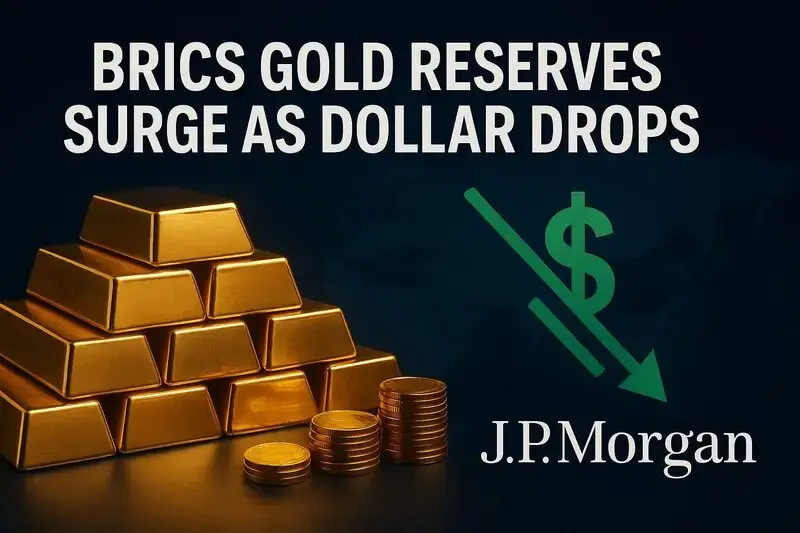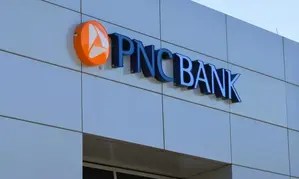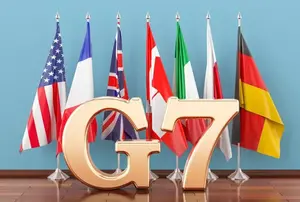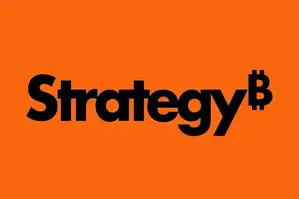BRICS gold reserves have climbed to over 6,000 tonnes throughout 2025, and this represents roughly 20% of what all central banks hold globally right now. Russia and China are actually controlling approximately 74% of the total BRICS bloc reserves, with Russia sitting on 2,336 tonnes while China maintains 2,298 tonnes. JP Morgan has forecast that gold will reach $6,000 per ounce by 2028, along with an average price of $5,055 by Q4 2026, as central bank gold buying and dollar diversification continue driving the gold price surge that’s been seen this year.
Also Read: Over 70 Cooperation Pacts Signed at BRICS Forum as Dollar Use Falls
BRICS Gold Reserves And Central Bank Gold Fuel Gold Price Surge Potential
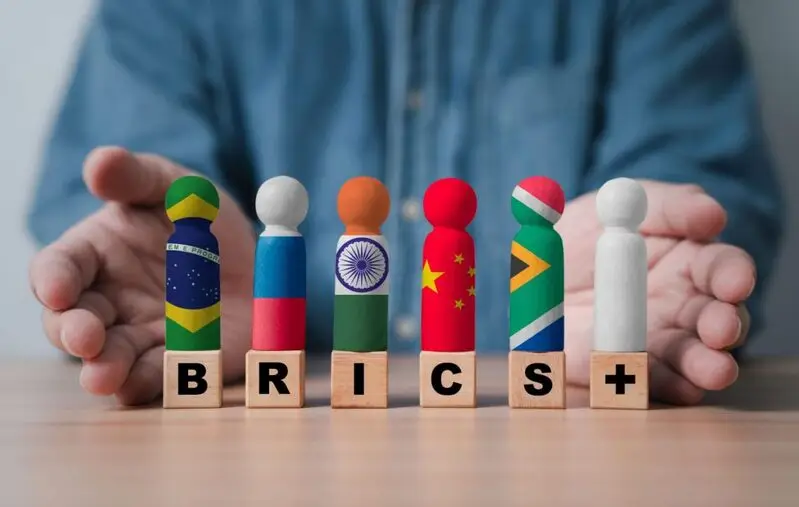
Dollar Weakness Pushes BRICS Gold Reserves Higher
Analysts interpret the rapid buildup of BRICS gold reserves as a coordinated shift away from dollar-denominated assets. Russia, India, and China have been steadily and even fiercely buying up physical precious metals, and some experts see this as preparation for alternative currency systems. Professor Adrian Saville from the Gordon Institute of Business Science provided context on what the rising gold price actually signals.
Saville stated:
“It’s not that gold is worth more; it’s that the dollar is worth less.”
Central bank gold purchases have been accelerating significantly. The World Gold Council reports that central banks accumulated over 1,000 tonnes annually from 2022 through 2024, which actually represents the longest such streak in modern history. At the time of writing, the World Gold Council’s 2025 survey reveals that 73% of central bankers believe the dollar’s share in global reserves will decrease over the next five years, and 43% of them plan to increase their own gold holdings.
JP Morgan Projects BRICS Gold And Central Bank Gold To Drive Prices
The BRICS gold JP Morgan forecast represents one of the most bullish outlooks from major financial institutions right now. Natasha Kaneva, who is head of Global Commodities Strategy at JP Morgan, has emphasized their conviction on the metal.
Kaneva stated:
“Gold remains our conviction long for the year. We see upside as the market enters the Fed rate-cutting cycle.”
The bank’s projections are based on expectations that investor demand along with central bank gold purchases will average around 566 tons each quarter throughout 2026. Gregory Shearer, Head of Base & Precious Metals Strategy at JP Morgan, highlighted several drivers supporting the gold price surge.
Shearer explained:
“The anticipated combination of a Federal Reserve cutting cycle, along with fears of stagflation, worries about Fed independence, and broader hedging against currency debasement, bolsters gold’s potential for growth.”
Kaneva also addressed recent market consolidation in a way that reinforced JP Morgan’s long-term bullish stance on BRICS gold reserves and the overall market.
Kaneva said:
“It’s normal if you’re paralyzed with fear, because the price moved so fast… It’s just a very clean story – you have a lot of buyers, and you have no sellers.”
Gold-Backed Currency Plans Require Even Higher BRICS Gold Reserves
The substantial BRICS gold reserves that have been accumulated by member nations have actually brought back discussions about launching some form of gold-backed currency system. Saville’s calculations suggest that such a system would require gold prices to climb significantly higher than where they are right now.
Saville stated:
“My guesstimate here would be about $6,500/oz, $7,000/oz – still significantly north of where we are now.”
He also noted the geopolitical significance of how BRICS nations are coordinating their accumulation strategies, and what this means for the future monetary landscape.
Saville explained:
“It’s the size of the holdings; it’s the fact that these countries are steadily accumulating. There is a voice that is increasingly sounding like a chorus rather than separate voices, and that ushers in the discussion about a Brics currency that might be backed by gold.”
Also Read: Germany’s Opposition Party Considers Energy Cooperation With BRICS
The fact that BRICS gold is concentrated in Russia and China has implications beyond the field of monetary policy as well. As these two countries hold close to three quarters of the holdings in the bloc, the questions concerning the changing forms of global power are becoming more and more important as the gold price rush persists.
The overlapping of record BRICS gold reserves accumulation, institutional projections that lead to $5,000-6000 levels, and the survey conducted by World Gold Council, which indicated that 95 per cent of central banks estimated that the world reserves would grow, point to the possibility that the recent spurt in the price of gold is not just the result of speculation or market forces but as an underlying structural process in the global monetary model.
